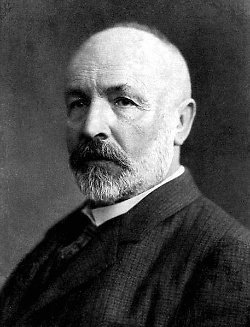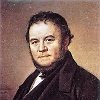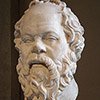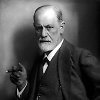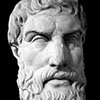The old and oft-repeated proposition "Totum est majus sua parte" [the whole is larger than the part] may be applied without proof only in the case of entities that are based upon whole and part; then and only then is it an undeniable consequence of the concepts "totum" and "pars". Unfortunately, however, this "axiom" is used innumerably often without any basis and in neglect of the necessary distinction between "reality" and "quantity", on the one hand, and "number" and "set", on the other, precisely in the sense in which it is generally false.
"Über unendliche, lineare Punktmannigfaltigkeiten" in Mathematische Annalen 20 (1882) Quoted in "Cantor's Grundlagen and the paradoxes of Set Theory" by William W. Tait
![The old and oft-repeated proposition Totum est majus sua parte [the whole is larger than the part] may be applied without proof only in the case of...](https://img.libquotes.com/pic-quotes/v1/georg-cantor-quote-lbj4s2l.jpg)
![The old and oft-repeated proposition Totum est majus sua parte [the whole is larger than the part] may be applied without proof only in the case of...](https://img.libquotes.com/pic-quotes/v2/georg-cantor-quote-lbj4s2l.jpg)
![The old and oft-repeated proposition Totum est majus sua parte [the whole is larger than the part] may be applied without proof only in the case of...](https://img.libquotes.com/pic-quotes/v3/georg-cantor-quote-lbj4s2l.jpg)
![The old and oft-repeated proposition Totum est majus sua parte [the whole is larger than the part] may be applied without proof only in the case of...](https://img.libquotes.com/pic-quotes/v4/georg-cantor-quote-lbj4s2l.jpg)
